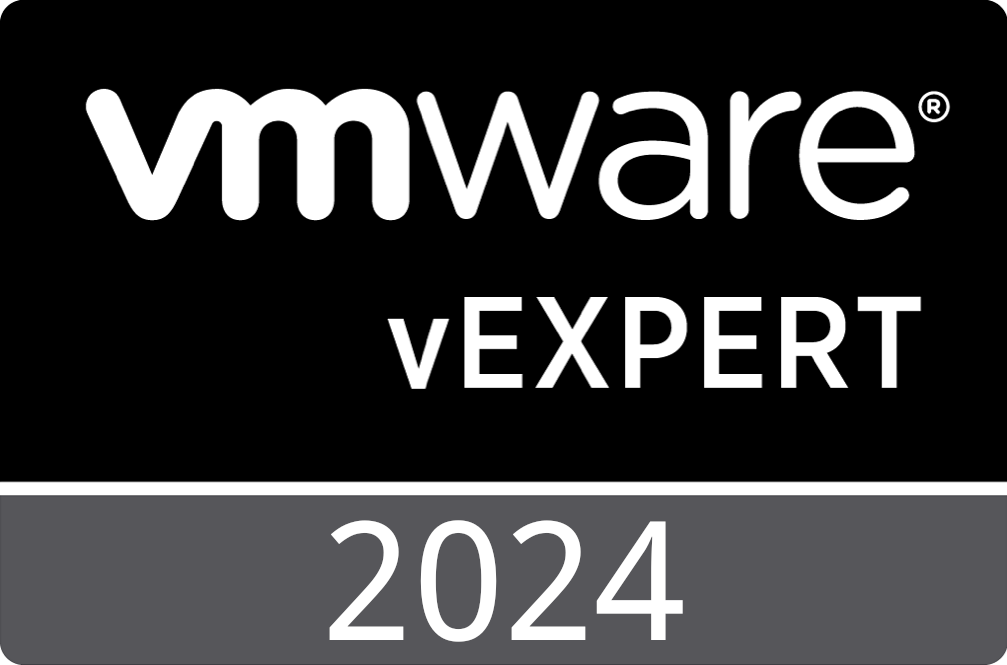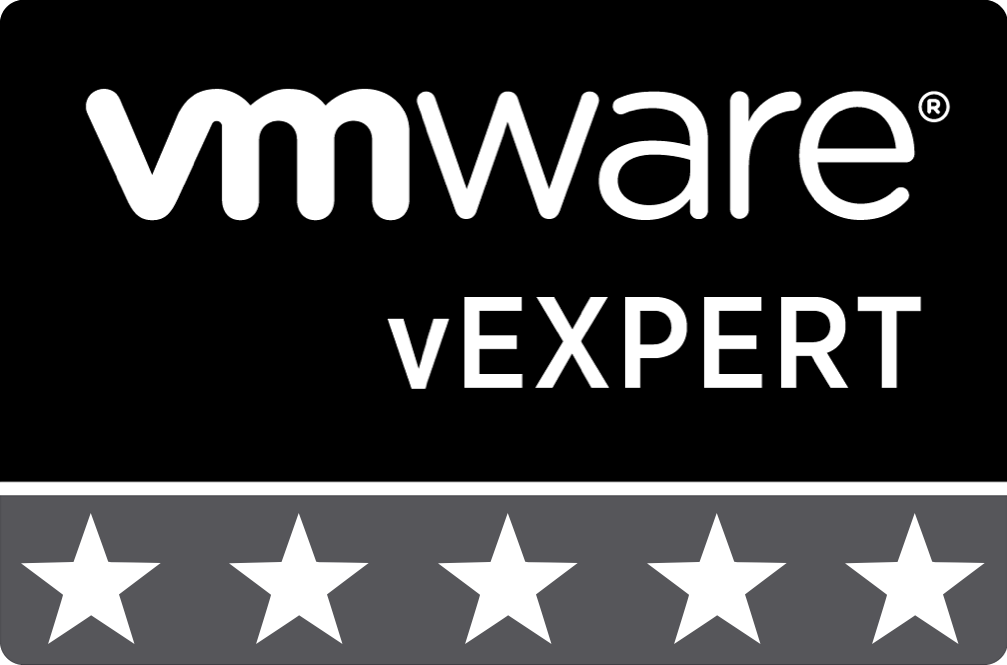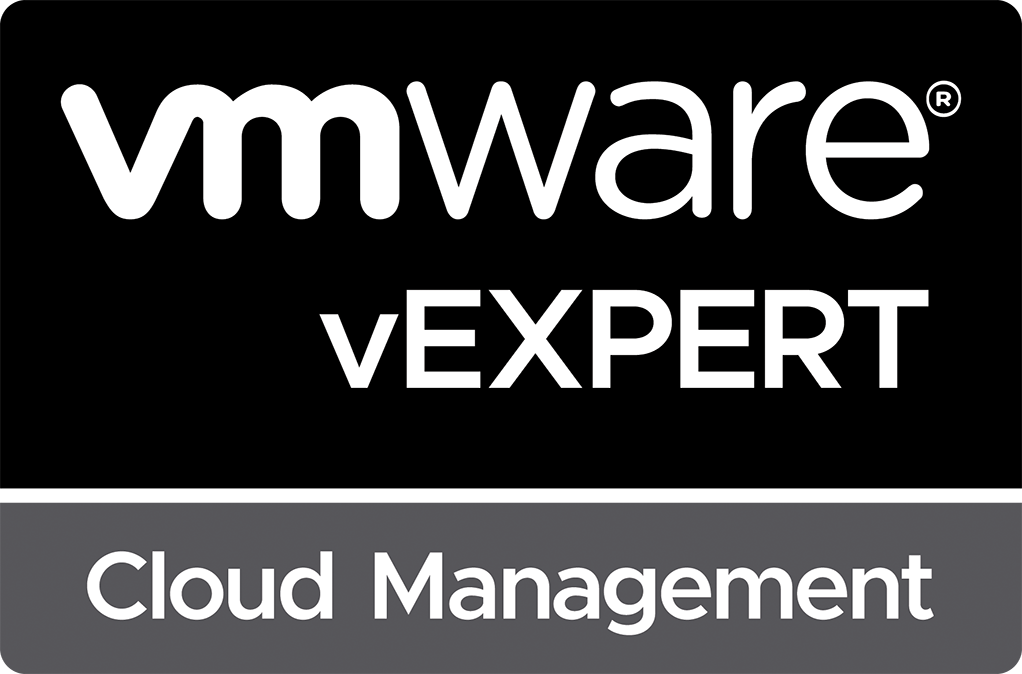
VMware vSphere 7.0 Now Available
Today, the highly anticipated VMware vSphere 7.0 release is now available for download. With it comes many new features and enhancements that I hope to write about in the near future. Until then, there are several items that you should be aware of before you begin upgrading your environments.
What’s New in vSphere 7.0
There are so many new features in vSphere 7.0 that a dedicated blog post would be required to cover them all. However, a few key features are:
- vSphere Lifecycle Manager
- Next-Gen Infrastructure Image Management - Manage infrastructure images to patch, update or upgrade ESXi clusters using a desired state model
- vCenter Server Profiles - Desired state configuration management capabilities for vCenter Server. It helps the user to define/validate/apply configuration for multiple vCenter Servers
- vCenter Server Update Planner - Manage the compatibility & interoperability for vCenter Server for upgrade scenarios. We will allow users to generate the interoperability & pre-checks report, which will help them plan for upgrades
- Content Library - Added administrative control and versioning support. Provides simple and effective centralized management for virtual machine templates, virtual appliances, ISO images, and scripts.
- Identity federation with ADFS - Secure access and account management
- vSphere Trust Authority - Remote attestation for sensitive workloads
- Dynamic DirectPath IO - Support for vGPU and DirectPath I/O initial VM placement
- DRS - Redesigned with a more workload centric approach, DRS balances resources allocated to workloads in a vSphere cluster.
- vMotion - The recent enhancements in vMotion logic provides non-disruptive operations, irrespective of the size of VMs, specifically for large and mission-critical workloads.
VMware Solutions Currently Not Supported by vSphere 7.0
Per VMware KB78487, the following VMware products are currently not supported by vSphere 7.0. If you use any of these solutions in your environment, you should not upgrade to vSphere 7.0 at this time:
- NSX Data Center for vSphere
- NSX-T Data Center
- vSphere Integrated Containers
- vRealize Operations
Features No Longer Available in vSphere 7.0
This release of vSphere has removed support for several features. Based on the release notes, the following items have been removed or are no longer supported:
Processor Support Changes
vSphere 7.0 no longer supports the following processors:
- Intel Family 6, Model = 2C (Westmere-EP)
- Intel Family 6, Model = 2F (Westmere-EX)
The following CPUs are supported in the vSphere 7.0 release, but they may not be supported in future vSphere releases. Please plan accordingly:
- Intel Family 6, Model = 2A (Sandy Bridge DT/EN, GA 2011)
- Intel Family 6, Model = 2D (Sandy Bridge EP, GA 2012)
- Intel Family 6, Model = 3A (Ivy Bridge DT/EN, GA 2012)
- AMD Family 0x15, Model = 01 (Bulldozer, GA 2012)Flash Based
Flash-based vSphere Web Client
vSphere 7.0 is the first release to no longer include the Flash-based vSphere Web Client. This client has been replaced the vSphere Client (HTML5).
External Platform Services Controllers (PSCs)
It is no longer necessary nor possible to deploy and use an external Platform Services Controller. All PSC services have been consolidated into vCenter Server, and deployment and administration have been simplified.
vCenter Server for Windows
vCenter Server for Windows has been removed and support is not available. In order to upgrade to vSphere 7.0, you will be required to migrate to the vCenter Server Appliance (VCSA).
Image-Based Backup Support for the vCenter Server Appliance
Image-based backup and restore for the vCenter Server appliance has been removed and support is not available. Instead, you must use the file-based backup and recovery capabilities included in the vCenter Server Appliance.
VNC Server in ESXi
The ESXi built-in VNC server has been removed. Users will no longer be able to connect to a virtual machine using a VNC client by setting the RemoteDisplay.vnc.enable configure to be true. Instead, users should use the VM Console via the vSphere Client, the ESXi Host Client, or the VMware Remote Console, to connect virtual machines. Customers desiring VNC access to a VM should use the VirtualMachine.AcquireTicket(“webmks”) API, which offers a VNC-over-websocket connection. The webmks ticket offers authenticated access to the virtual machine console. For more information, please refer to the VMware HTML Console SDK Documentation.
VMKLinux Driver Support
VMKLinux driver compatibility has been deprecated and removed. vSphere 7.0 will not contain support for VMKLinux APIs and associated VMKLinux drivers.
Update Manager Plug-in
The Update Manager plugin used for administering vSphere Update Manager has been replaced with the Lifecycle Manager plugin. Administrative operations for vSphere Update Manager are still available under the Lifecycle Manager plugin, along with new capabilities for vSphere Lifecycle Manager.
Features Slated for Future Removal
The following features have been deprecated and will be removed in a future vSphere 7.0 release:
32-bit Userworld Support
32-bit userworld support has been deprecated. Userworlds are the components of ESXi used by partners to provide drivers, plugins, and other system extensions (distributed as VIBs). Userworlds are not customer accessible.
Integrated Windows Authentication
Integrated Windows Authentication (IWA) is deprecated in vSphere 7.0 and will be removed in a future release.
DCUI Smart Card Authentication
In a future vSphere release, support for Smart Card Authentication in DCUI will be discontinued. In place of accessing DCUI using Personal Identity Verification (PIV), Common Access Card (CAC), or SC650 smart card, users will be encouraged to perform operations through vCenter, PowerCLI, API calls, or by logging in with a username and password.
Core Partition Profile in Host Profiles
Support for Coredump Partitions in Host Profiles has been deprecated. In place of Coredump Partitions, users should transition to Coredump Files.
Update Sequence for vSphere 7.0 and Compatible Products
As with every vSphere release, there is a specific sequence that should be followed when upgrading the various components in your environment. Per VMware KB78221, the sequence for vSphere 7.0 is:
- vRealize Suite Lifecycle Manager
- vRealize Log Insight
- vRealize Network Insight
- vRealize Automation
- Backup solutions based on VMware vStorage API for Data Protection
- vSphere Replication
- Site Recovery Manager
- vCenter Server
- ESXi Server
- VMware Tools
- Virtual Machine Hardware
- vSAN/VMFS
Important Links
- VMware vSphere 7.0 Release Notes
- Smart Card and RSA SecurID Authentication stops after upgrading to vCenter Server 7.0
- New Kernel options available on ESXi 7.0
- Devices deprecated and unsupported in ESXi 7.0
- [Update sequence for vSphere 7.0 and its compatible VMware products](http://Update sequence for vSphere 7.0 and its compatible VMware products (78221))
- vSphere 7 Best Practices
- Important information before upgrading to vSphere 7.0
See Also
Search
Get Notified of Future Posts
Recent Posts


